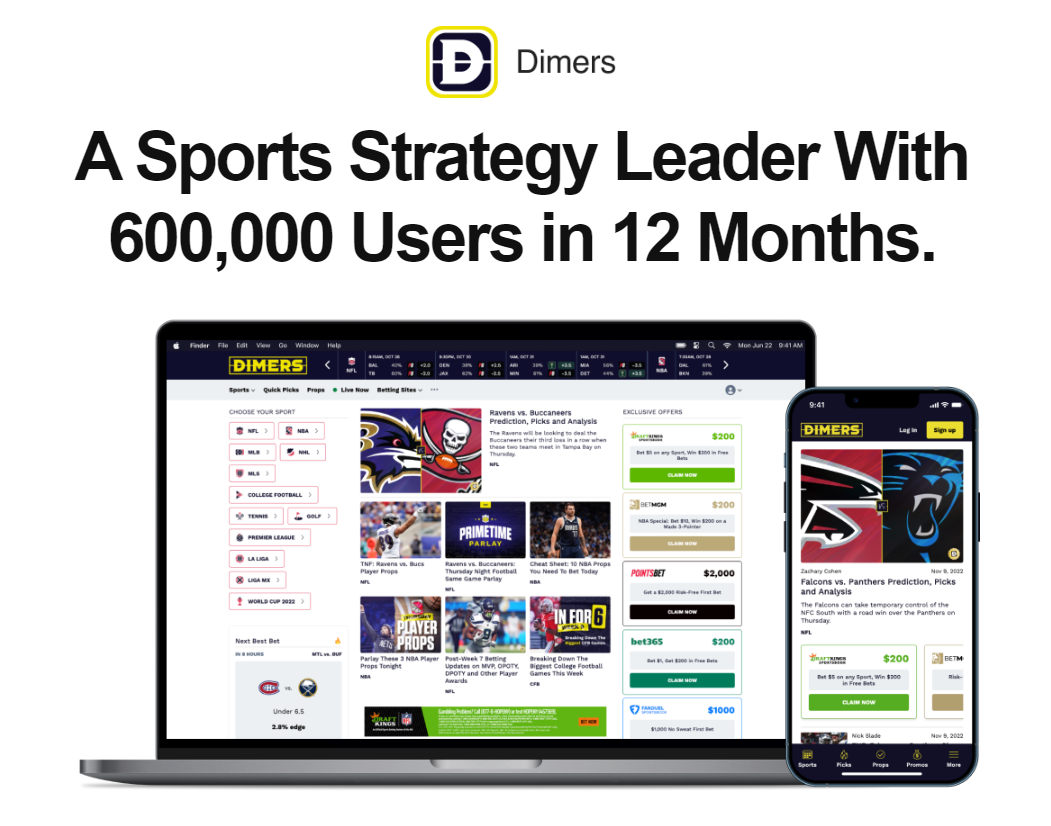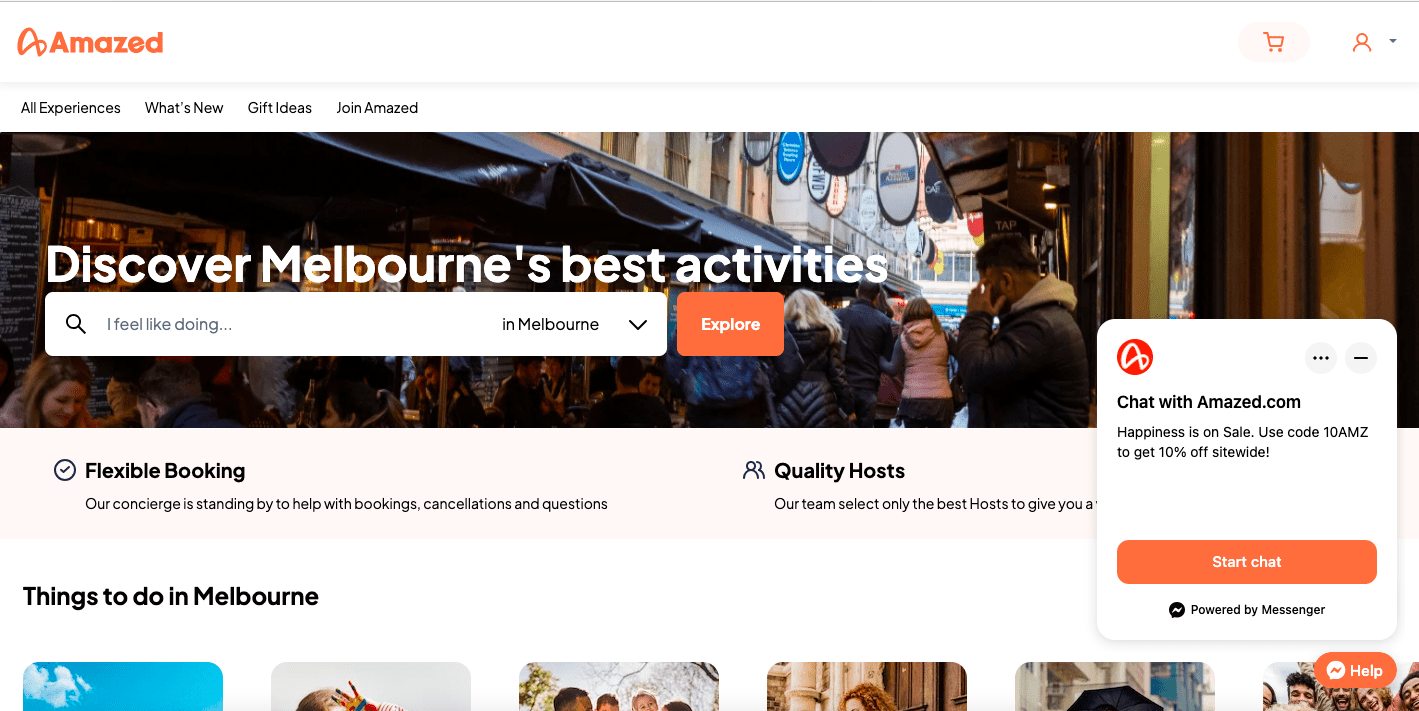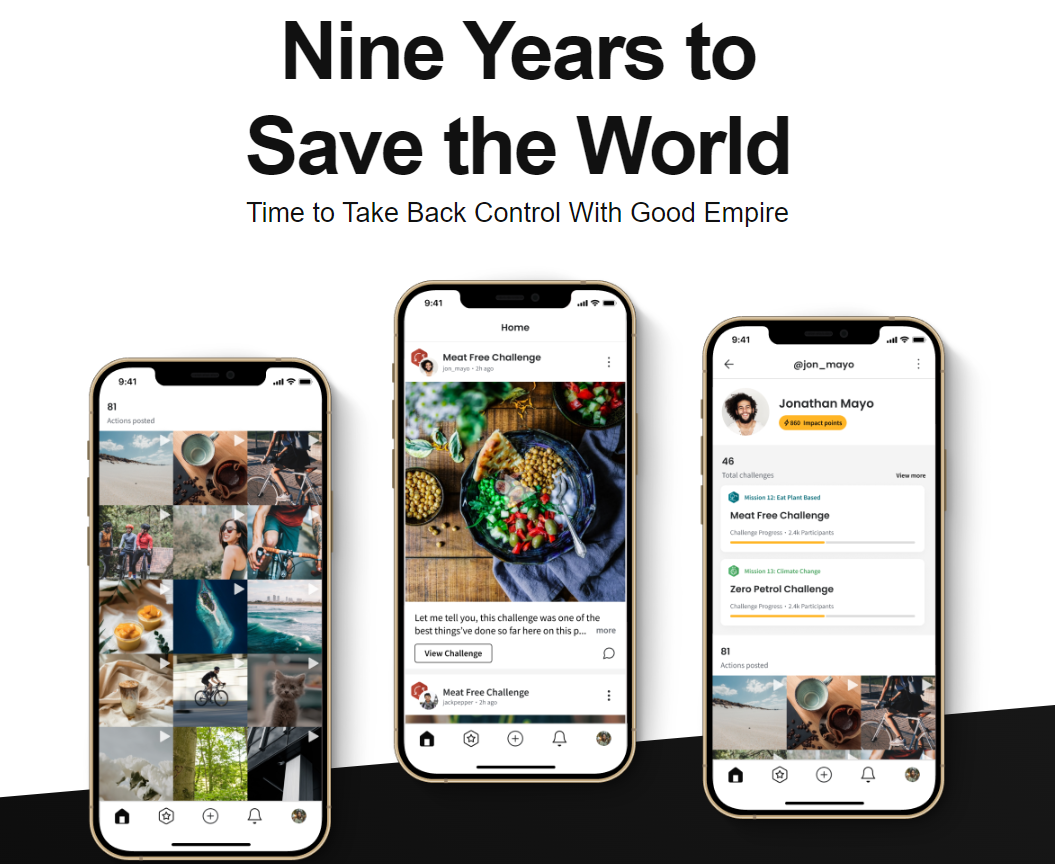How to Manage and Estimate App Maintenance Cost

After launching your application in the app stores, beware of the big C called complacency.
Complacency kills the growth and momentum that your app needs to remain sustainable.
Once users download your mobile app from these online stores, you must proactively protect your digital product from cybersecurity threats and other issues, such as a decline in app performance.
Otherwise, your mobile app will fail to retain users, ultimately leading to failure for your app business.
But how much does it cost to maintain apps for long-term success?
Read on to learn the approximate cost of mobile app maintenance. You will also learn about:
Let’s jump right in!
How much does app maintenance cost?
During the app development process, maintenance follows the stages of design, development, and launch. The maintenance phase usually incurs expenses amounting to around 20% of development costs.
Given the said percentage, check out the table below to give you a better idea of how much you should invest in basic app maintenance:
| App Type | Development Cost | Maintenance Cost |
|---|---|---|
| Basic app | $30,000 to $60,000 | $6,000 to $12,000 |
| Simple app | $60,000 to $300,000+ | $12,000 to $60,000+ |
| Complex app | $300,000+ | $60,000+ |
So, assuming you want to know how much you should allocate for maintaining a basic app, expect to invest from $6,000 to $12,000 a year, or about $500 to $1,000 a month.
But the figures you’ve seen are just basic maintenance expenses. You should also prepare for the following recurrent fees.
| Type of App Maintenance Expense | Cost |
|---|---|
| Servers | $5 to $500 per month |
| Push notifications | $17 to $75 per month |
| Payment gateways | $15 to $149 (or more), which also includes a certain percentage of each transaction |
| Emergency maintenance | Depends on the nature of the emergency |
| App stores developer fee | $25 at Google Play (one-time fee), $99 to $299 at Apple App Store (annual fee) |
The following add-ons should also be included in your budget for app maintenance costs:
1. Bug fixing and updates. Regular updates are crucial for fixing glitches that make the user experience unpleasant. Costs vary depending on the size and complexity of updates.
2. Customer support. Investing in customer service staff is vital for addressing user complaints and maintaining positive reviews. The more complex and numerous the features, the higher the mobile app maintenance costs. The latter sections of this article will discuss how you can best minimize features without sacrificing quality and a cost-effective alternative to spending money on human customer service agents.
3. Hosting. You must choose the right server for your app and calculate associated hosting costs. This depends on factors like the type of data your app handles, whether text-based or multimedia. More extensive data requires more server resources, leading to higher expenses. Hosting options vary, with cloud services like AWS often more cost-effective due to pay-as-you-go models.

Source: Semantic Scholar
4. Mobile analytics tools. Analysis applications like Google Analytics are essential for monitoring and analyzing bugs and glitches. While some mobile analytics tools are free, more advanced ones may incur costs. Consider both the financial and time costs when selecting tools that suit your needs.
Learning how to effectively use mobile analytics can also help you get the best out of these tools, making your investment in app maintenance more worthwhile.
5. Third-party technology. Using licensed technology incurs ongoing costs. Factor in these expenses when calculating maintenance costs. Among the many third-party technologies that your app may need to incorporate include (ultimately, the set of third-party services you will avail of will depend on your app’s core features or value proposition):
| Third-Party Service | Functionality | Cost |
|---|---|---|
| Google Maps | Geolocation features, navigation, point-of-interest, street view | $200/month (but has flexible pricing) |
| ChatGPT | Smart chatbot functionality, AI-enhanced recommendations | $100-400/month (depending on the number of requests) |
| Login and signup integration, content sharing, invites | Free, but may require fees for certain types of requests | |
| Spotify | Controlling playback, creating and managing playlists, retrieving metadata | Free |
| Google Translate | Cloud machine translation | $20/month per million characters |
As you can see, many expense items make up the total mobile app maintenance cost. To mitigate this expense, many tech startups design apps before developing them.
App designs give companies the opportunity to raise funding for app development and maintenance. For instance, social media startup Vello and tour tech company Roamni acquired financing worth around $600,000 and $3 million, respectively. In effect, attracting investments through designs makes app maintenance costs more bearable.
Other factors that affect app maintenance cost
When considering app maintenance expenses, these dimensions also significantly impact the overall maintenance price tag:
1. App size & complexity
A small, straightforward app is like a compact car, easy to maintain and doesn’t incur much expense. On the flip side, a big, intricate app is more like a luxury SUV, with many features and fancy gadgets. In general, a more complex app is pricier to keep running smoothly.
But making your app too simple might prevent you from gaining an advantage in the highly competitive app market. To help you come up with features that are basic yet innovative enough to withstand the competition, check out our article on how to develop an app idea.
2. User volume
Picture this: the more people using your app, the more upkeep it needs. It’s like hosting a big party where having many guests means more cleanup afterwards. Plus, with more users comes more data to process and more customer questions to answer, which can increase maintenance costs.
3. Update frequency
Updates are necessary to keep your app as functional and desirable to users as possible.
But updating your app too often could consume too much of your time and resources. Each update means more testing and tinkering. Too many updates can also increase the number of bugs in your app, adding to the hassle and expense. Bugs may include slow loading times or crashing in extreme cases.
Don’t hesitate to contact our experts in case you have questions about ensuring adequate app updates while minimizing bugs and expenses.
4. Cross-platform compatibility
A cross-platform app works on Android and iOS, the world’s predominant operating systems for mobile devices. Its counterpart, a native app, can work on only one platform at a time. So for example, a native app can only run either on an Android phone or an iOS mobile device.
In general, cross-platform apps are the most cost-effective to maintain since you’re focusing on the upkeep of just one digital product to cover a multitude of users.
However, as you will discover later, choosing between native and cross-platform apps is more nuanced. Native apps are better suited to certain use cases than cross-platform products.
Now that you know the factors and expense items that impact a project’s total app maintenance cost, it’s time to discover how to control them.
6 Tried and Tested Tips to Manage App Maintenance Costs
1. Consider outsourcing your app development project
You do have the option to go it alone when developing and maintaining your app.
But outsourcing to app agencies has a host of benefits. For instance, we at Appetiser Apps not only design and develop apps but also offer app maintenance services that match various needs. To optimize your budget or learn more about what we offer, book a free consultation with us.
App companies like ours also have product growth experts who provide insights to empower you to take charge of your own app upkeep if you seek to do so.
Check out our article on outsourcing app development so you can gain more insights on this matter.
2. Be aware of hidden costs
If you desire to independently develop and maintain your own app, you must be aware that there are expenses that are not as obvious as the ones mentioned earlier.
These costs include those related to the following services:
- Administrative services (user administration and back-end)
- Infrastructure services (such as servers)
- IT support services (such as mobile app testing and updates)
When you’re figuring out what your app needs, don’t forget about extra services like data storage, dashboard emulation, content delivery networks (CDNs), access controls, APIs, libraries, and other tools. These things can really drive up your costs.
3. Develop a minimum viable product
You don’t necessarily need to add all the features that you have planned for your mobile app.
Get the latest industry news first.
Maybe some of them are not necessary to add in the first place. If you had developed too many app features at the outset and many of them had not found a good market fit, you would have wasted money on app maintenance and not gotten enough return on investment to keep your app running.
Adopting the minimum viable product (MVP) mindset when developing apps can reduce the number of unnecessary features, minimizing development and maintenance costs.

Source: Inflectiv.co
“When developing or designing, start by defining your MVP first. Avoid adding unnecessary features until you have proven that users value your initial vision. If not, then pivot and try to adjust your starting point. Only when your MVP is finding early adoption, or when you confirm your MVP is an actual stepping stone towards achieving your vision, should you look at further expanding the product.”
During the early phase of your app development journey, it’s important to make sure that the features you’re adding solve your target audience’s and the market’s core problems. And as you see the results, you can look at further expanding your mobile app.
Our CEO’s words on the MVP principle are not just words of wisdom. They are the driving force that has empowered our numerous partners to achieve speed-to-market and gain market traction early. One of these partners is Dimers.
Within three months of starting development, Dimers launched and made an incredible impact on its industry. The Melbourne-conceived sports prediction web app has stormed the North American market, gaining over 1 million page views and hundreds of thousands of users within 30 days of launch!
Check out Dimers’ case study to learn more about their journey to app success.

4. Implement the agile app development methodology
Agile development is a strategy concentrating on delivering software in short cycles called sprints. These sprints or chunks of time are connected by feedback loops, where potential users can provide feedback to developers during the production process.
The allowance for early and frequent user feedback potentially lessens the necessity for significant updates later on. Moreover, the Agile development method generally involves less documentation compared to traditional approaches, leading to potential cost savings.

Source: CyberHoot
5. Precisely determine your app’s goals and choose your platform wisely
To maintain an app in a cost-effective manner, you must clearly identify your app’s goals.
As mentioned earlier, cross-platform apps tend to be less expensive to maintain than native apps. But these two types of applications excel differently in terms of revenue and performance.
Hence, you should ask the following questions when considering app maintenance cost in the context of your app’s goals and its most suitable platform:
- How do I plan to make money from my app? (app monetization model)
- How extensively will my app use the resources of its host device? (resource utilization)
Let’s discuss these two further.
App monetization model
When choosing a platform for developing and maintaining your app, you must consider how you want to make money from it.
Each app store offers different opportunities for monetization. This issue won’t be as relevant if you develop a cross-platform app. After all, you can publish only one app of this sort in both the Apple App Store (home of iOS apps) and the Google Play Store (where people download Android apps).
But if you ever need to develop one native app and choose one app store, the monetization model is key. As of 2022, the Apple App Store has earned around $100 billion, twice as much as Google Play. In other words, you have a higher chance of earning more from an iOS native app than its Android counterpart.
But Google Play also offers a distinct advantage. There are significantly more Android users compared to iOS ones. Therefore, publishing on Google Play is ideal if your app’s main source of income is in-app ads. After all, higher impressions often mean higher ad incomes. In other words, the more users see the ads on your app, the more revenue your digital product generates from advertising.
Ultimately, the right monetization model is important because it ensures that the revenue you generate is more than enough to cover your mobile application’s maintenance expenses.
Resource utilization
An app that uses more of a device’s resources usually has richer features. In general, native apps are better at utilizing a phone’s hardware assets, such as cameras, microphones, etc., than cross-platform apps.
However, cross-platform applications tend to be enough in simple use cases, such as calculating numbers and other tasks that don’t require much of a phone’s resources.
For more information on how native apps compare with cross-platform applications in terms of cost and performance, check out these articles:
6. Invest in customer experience automation
As mentioned earlier, app maintenance expenses increase with the number of users. The costs partly come from paying customer service staff to address inquiries or issues.
Once your app has grown exponentially in terms of the number of users, you might want to consider investing in Customer Experience Automation (CXA).
CXA leverages technology to enhance the customer journey, ensuring a smooth interaction with a brand across various touchpoints. It involves employing automated systems to manage routine tasks like addressing customer inquiries and resolving issues.
By using automation, CXA can enable you to address more user issues without needing to hire too many customer service agents just to keep up.
You can incorporate CXA into your app maintenance programs, much like the web app Amazed did. The app is like Airbnb, but it focuses on activities and adventures instead of rental properties. Amazed uses a chatbot that answers user queries automatically but in a way that mimics how human service reps communicate. This enables the web app to provide a seamless and efficient way to engage with customers 24/7.
Check out the Amazed case study to learn more about this innovative marketplace app.

Source: Amazed
Maintain your competitive advantage
As this article shows, app maintenance costs need not be a hindrance to your organization’s growth. There are many intelligent ways to manage these expenses while ensuring your app performs as it should and enjoys long-term success.
Maintaining apps ultimately helps entrepreneurs and organizations maintain their advantage in a fast-changing economy. If you haven’t developed an app yet, perhaps you should consider doing so. Whatever your goals, mobile apps unlock endless opportunities to expand the reach of your products and services.
And apps don’t just expand marketplaces. They also provide venues to spread groundbreaking visions, like Good Empire’s desire to save the world. With billions of people owning smartphones and an increasing number becoming concerned with social change, spreading ideals and tangible value has never been more scalable.

Raise revenue and propagate your passion through app development and maintenance. Have a chat with us if you want to consider other options for maintaining your competitive advantage.

Jesus Carmelo Arguelles, aka Mel, is a Content Marketing Specialist by profession. Though he holds a bachelor’s degree in business administration, he also took courses in fields like computer troubleshooting and data analytics. He also has a wealth of experience in content writing, marketing, education, and customer support.
Get the latest industry news first.


